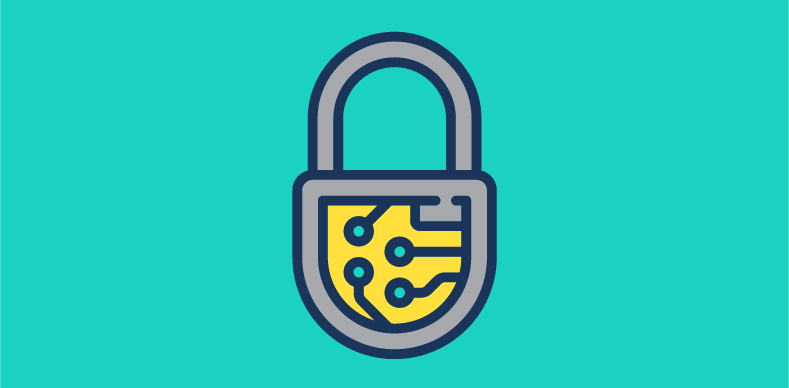Five Ways to Secure and Protect Your Facilities Management Business
You may think you’re protected, but how secure is your business? And how safe are your margins and data?
With recent hacking stories, you may well be looking at beefing up your IT security to better protect your business. But which part of the operation do you tackle first and why? We look at five areas that should be secured in order to safeguard your business operations.
1. Automate your processes
In facilities management, it is estimated that 30% of an area manager’s typical work week is wasted on administrative tasks that are paper driven, duplicated or too complicated. Managers frequently use forms and spreadsheets rather than software platforms and technology tools. Where they do use technology, they often use lots of disparate systems causing re-entry of data from one system to another. This ignores the time spent driving around and the lag created getting paper forms from a-to-b, and the data entry from forms to excel.
By contrast, in a competitive, efficient business, as few platforms as possible are used. Mundane, low value activities are automated, as are processes like getting data from user to user and holiday requests and approvals. This also means their HR, finance, ops and sales teams all work with one view of the company, with consistent reporting and views of performance, thus negating the need to merge different data sources.
2. Use biometric technology
Biometric technology uses computerised methods to identify a person by their unique physical or behavioural characteristics. It uses traits such as fingerprints, face or eye maps as identifying features. Biometric technology has a wide range of uses and can be deployed to check that an employee’s time and attendance record was submitted by them, not someone else. It can also allow a person secure building or computer access.
3. Eliminate ‘buddy punching’
A common type of low-level theft in facilities management companies is buddy punching. This occurs when an employee gets another employee to clock in for them when they are absent. This is easily eliminated by the use of fingerprint sign-in or ‘challenge’ questions. Caller challenge, a cloud-based telephone feature, includes programmable and random assessments of employees; it requires them to validate elements of their ID against their HR details.
4. Use a split permission security model
A split permissions model restricts specific permissions granted to administrators, meaning you can increase security and accountability. This model works well in large organisations that employ different teams spread across multiple locations. An employee’s accessibility can easily be reduced in certain areas. A tick-box on the backend prevents a user from being able to access certain information. The permission model you choose can be defined by the structure and nature of the contract you need to fulfill.
5. Secure your data
Finally, you can’t escape the problem of data security. Whether on-site or in the cloud, make sure your data is stored securely. If you rely on third-party providers, you should expect highly-resilient network connectivity and ISO 27001 and ISO 9001 certified data centers. All datacenter support staff should be trained with certifications in routing devices and firewall implementation and enforcement.
